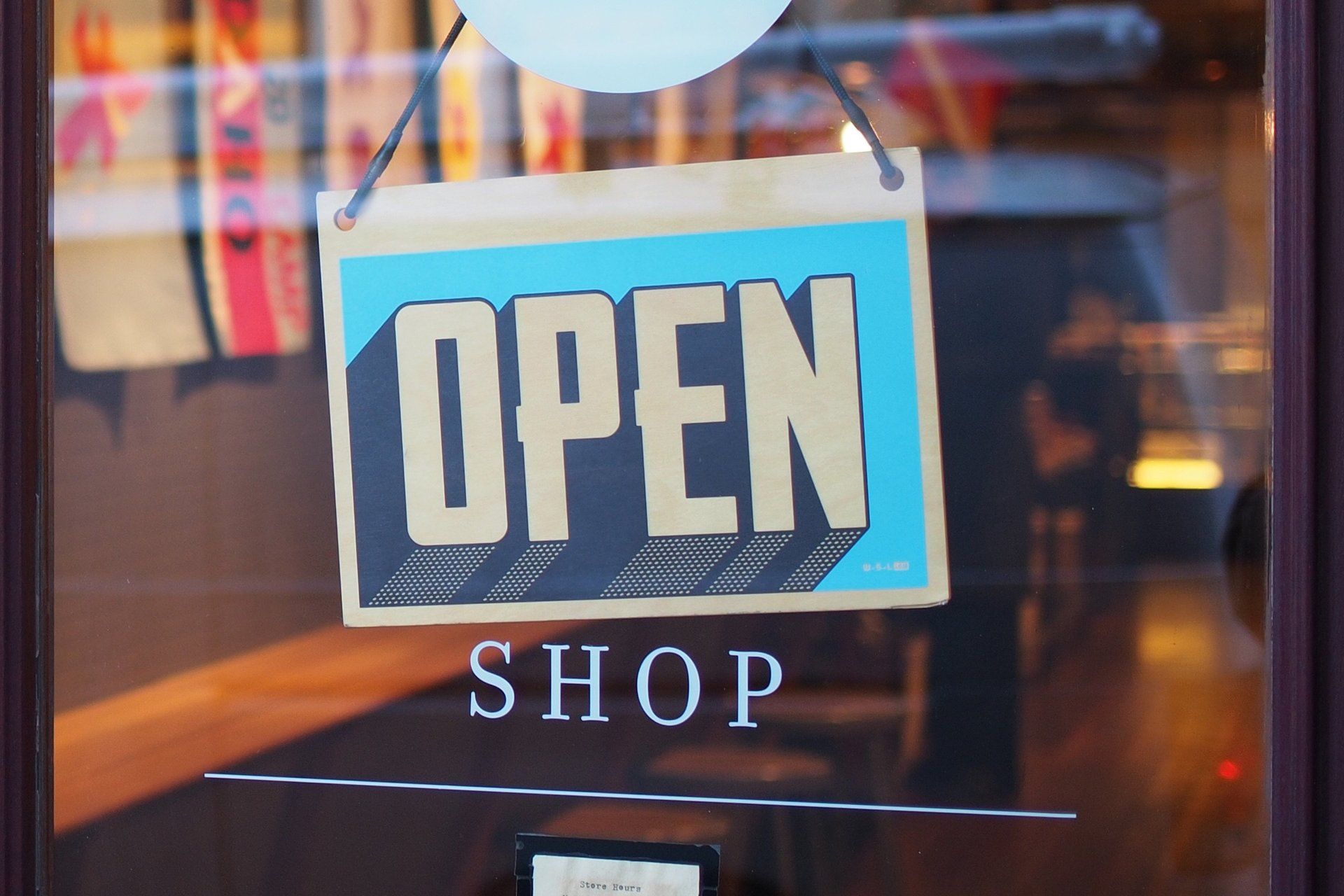
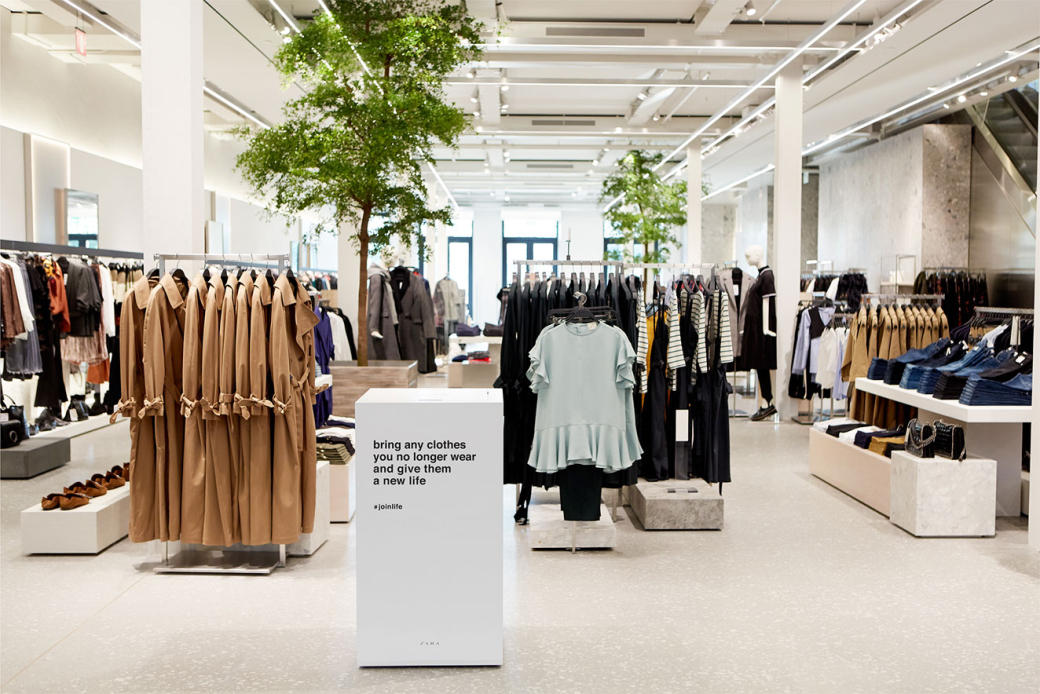
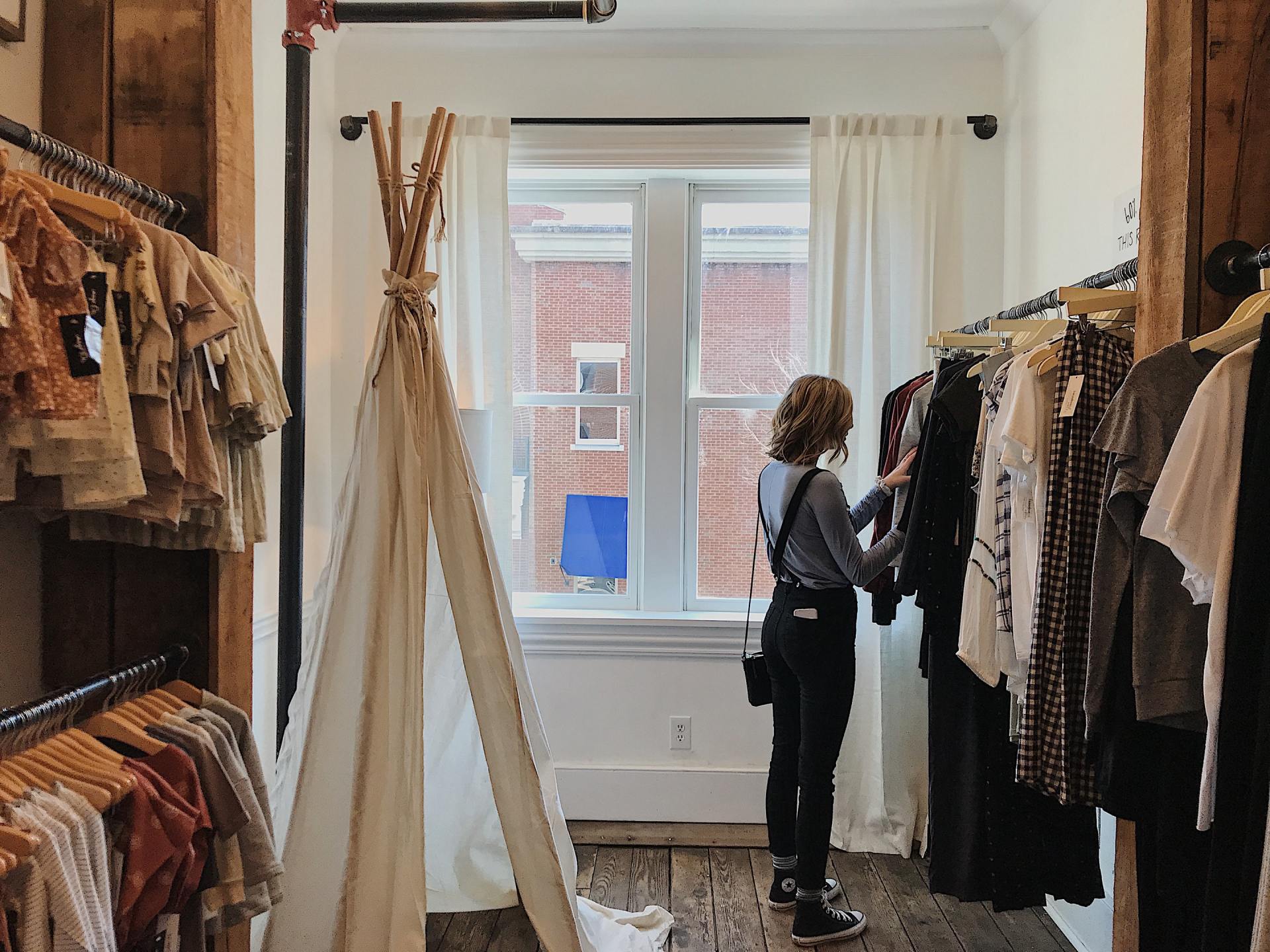
The Case For Convenience. How These Retailers Built Convenience Directly Into Their Brand Experience
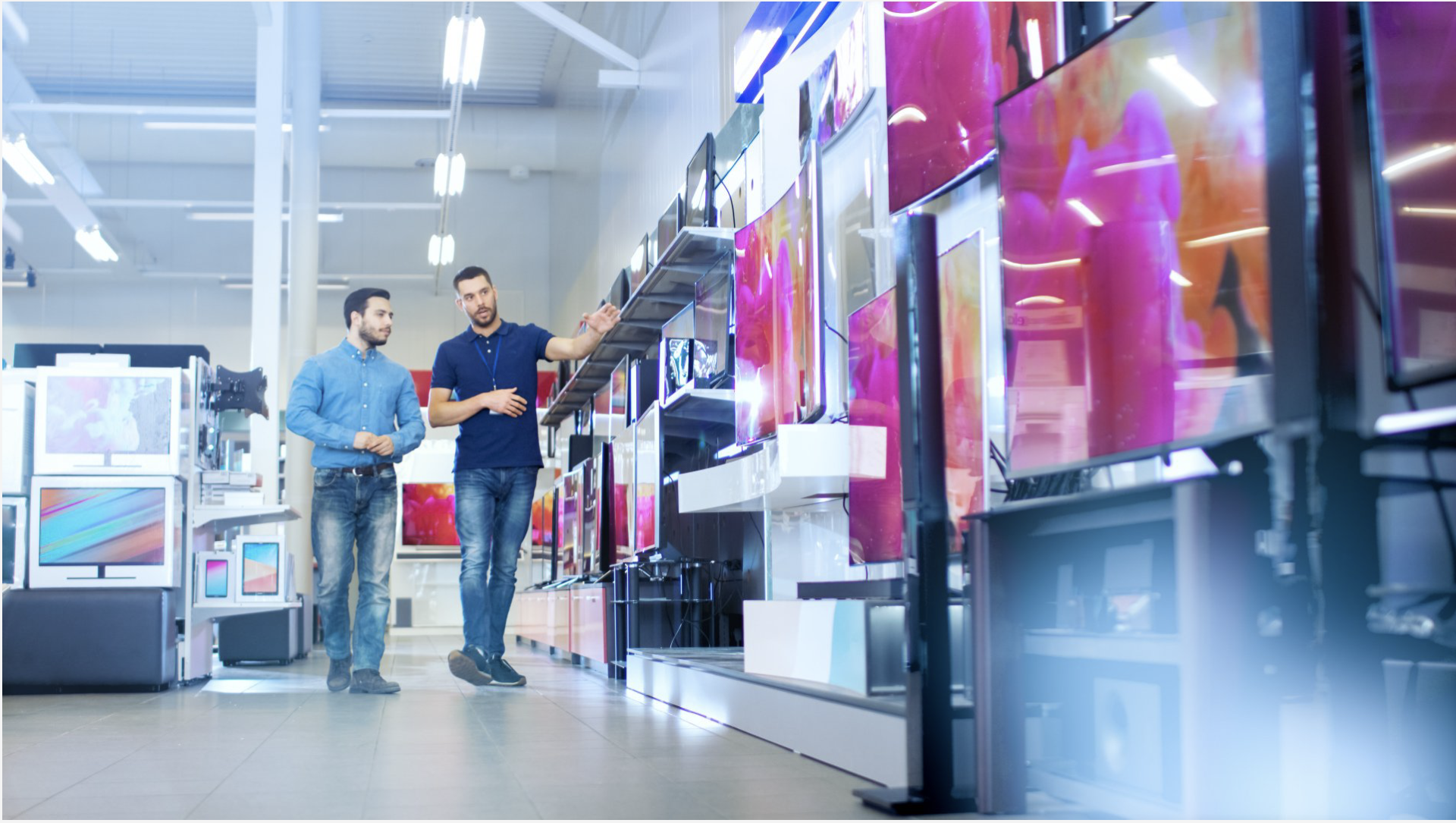
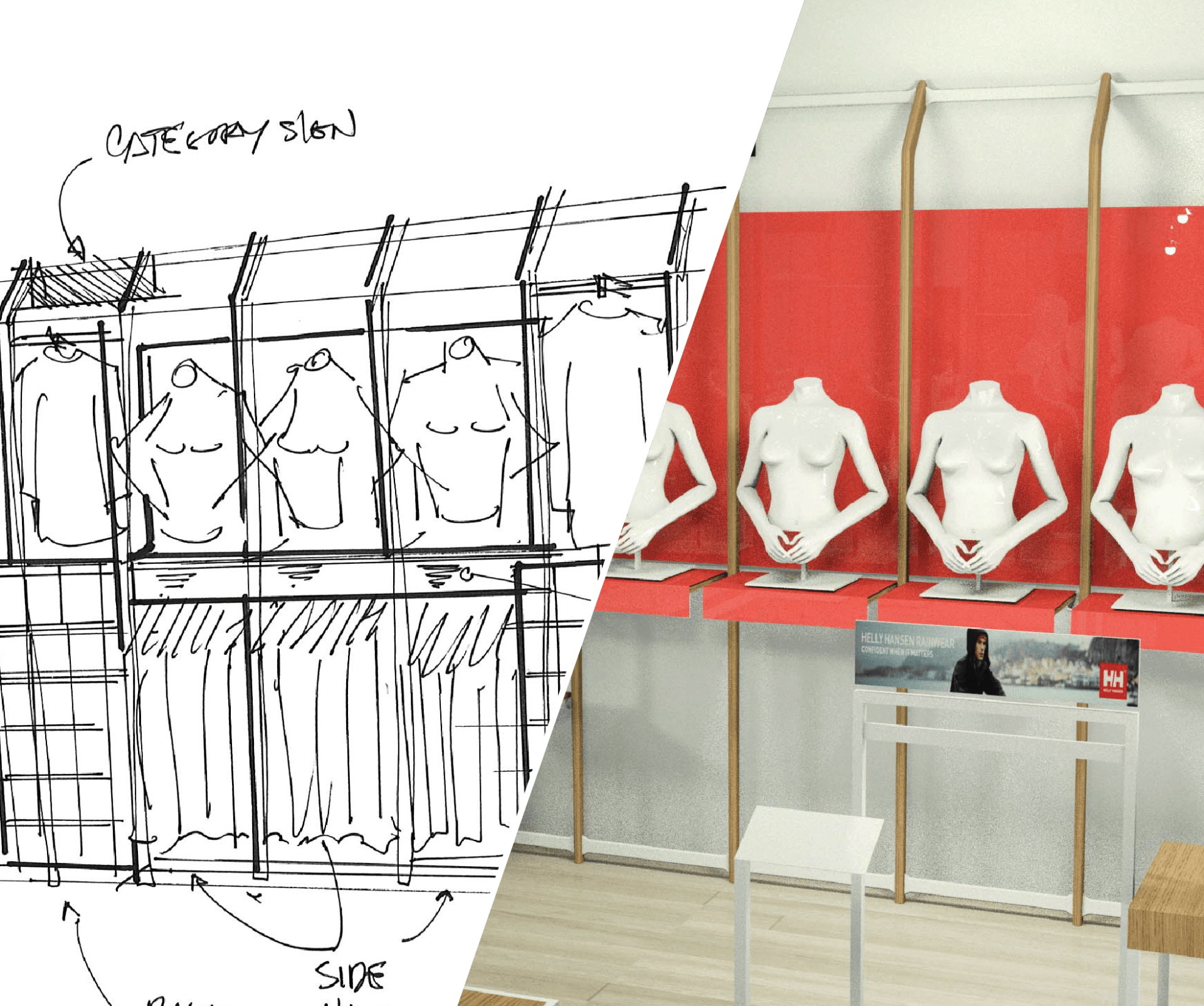
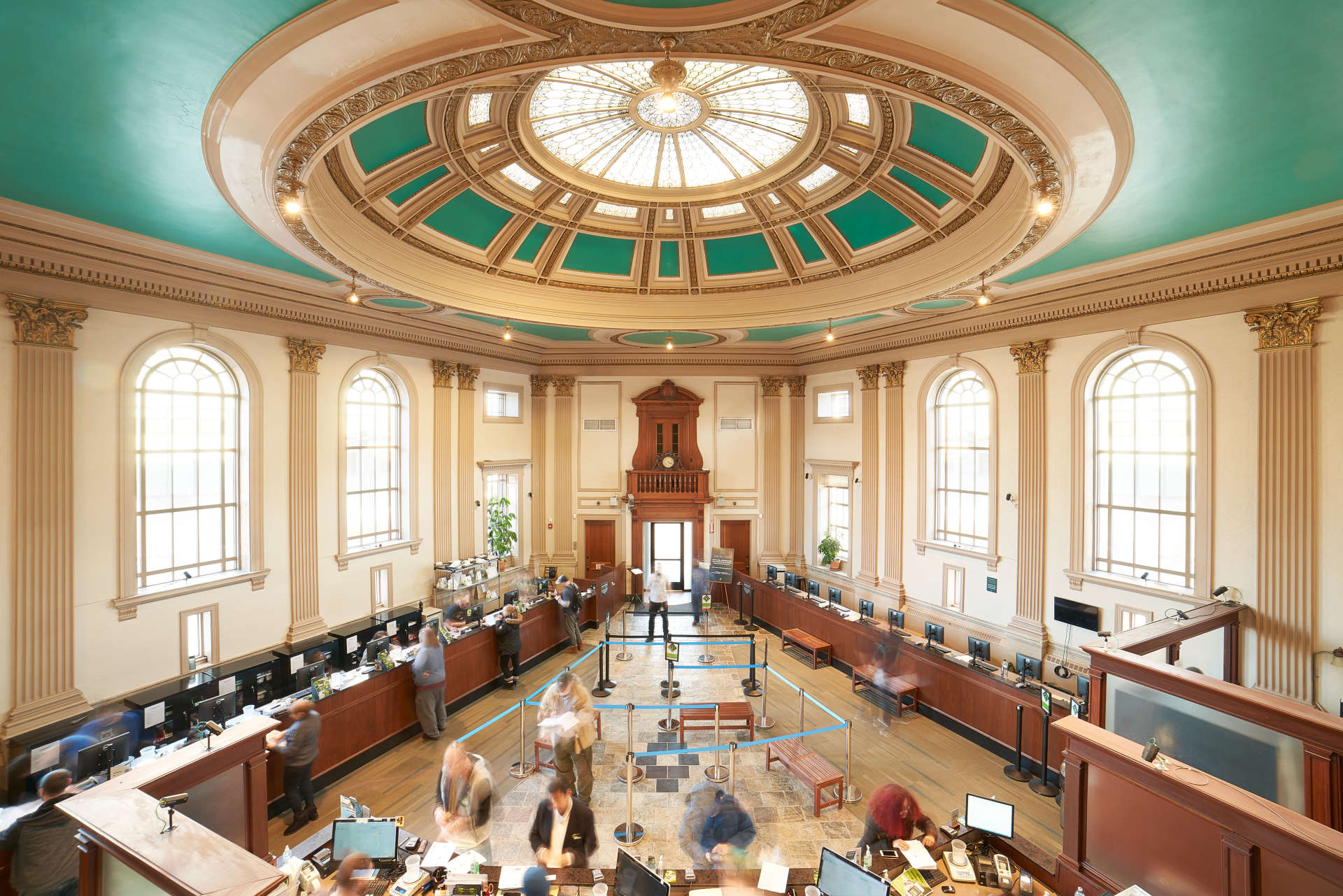
If there’s any sector of retail that could use a boost from innovative design, sporting goods is certainly a candidate. The whole business of sporting goods has been evolving at an especially rapid pace, and brick and mortar stores remain an important player.
As the sporting goods market has grown in recent years, retailers have been challenged to keep up with changes as well. Youth sports alone has grown to be a $15.3 billion market, as that segment of the industry grew 55% since 2010. At the same time, consumer demand for athleisure clothing has made notable strides. And retailers face increasing competition from brand stores like Under Armour, Nike, and The North Face that used to sell a greater percentage of their merchandise through retailers. That trend is only increasing, as Nike shifted in 2017 from 33,000 retailers to focus on 40 retail partners. Direct online sales of athletic gear are also increasing, and 21% of Americans purchased their athletic apparel directly from the manufacturer online in 2017.
To address these changes in the marketplace, sports stores are evolving in interesting ways. The key is innovative design and making the effort to offer something ecommerce can’t, something that invokes an emotional response.Event Marketing
Many successful retailers use events to connect with customers, and at the same time stimulate foot traffic and growth. Some of this engagement can be generated through free in-store classes and training like yoga classes at Lululemon or Nike running clubs.
Creative event marketing ensures that events are organized and promoted, while tracking how successfully engagement has been achieved. Lululemon even uses local events to scope potential physical retail locations.
Patagonia’s Worn Wear events convey brand values and generate store traffic. The traveling Worn Wear program schedules events to repair existing Patagonia gear at their brand stores and retailers that sell Patagonia gear.
Patagonia’s event marketing for each location’s Worn Wear event helps connect the customer with the brand’s story, and even encourages customers to share their own stories as the tour “celebrates the stories we wear.” This tour resonates with Patagonia’s customers because today’s shoppers, and particularly millennials, like to feel a match between their values and those of the retailer.
Community Engagement
Community led and tailored spaces can help a retail store drive community engagement – connect with brand, dwell, generate brand loyalty. Some sports stores are benefiting from store environment changes that make it more convenient for people to fit fitness it into their everyday lives. In addition to running groups and classes, these include things like changing rooms for athletic commuters, sports nutrition, and more holistic health services in-store. In this way, athletic stores can go from talking about living an active lifestyle to actually enabling customers to live that lifestyle through engagement with their stores.
More Innovative Design
Regardless of the exact strategy, sports stores that thrive are using some form of innovative design. Creative use of the shop in shop format is just one example of how Dick’s Sporting Goods has remained the largest sporting goods retailer while others have faded away. Dick’s has continually updated their retail environments in an effort to keep pace with the changing marketplace. To capitalize on customer loyalty to brands, Dick’s retail environments include shop in shops like Nike Field House and Under Armour All American sections.
Sports stores are finding many ways to connect with their niche customers and continue to draw them in. Contact the creative team at Quarter20 to learn more about making store events and retail environments that work for you.





